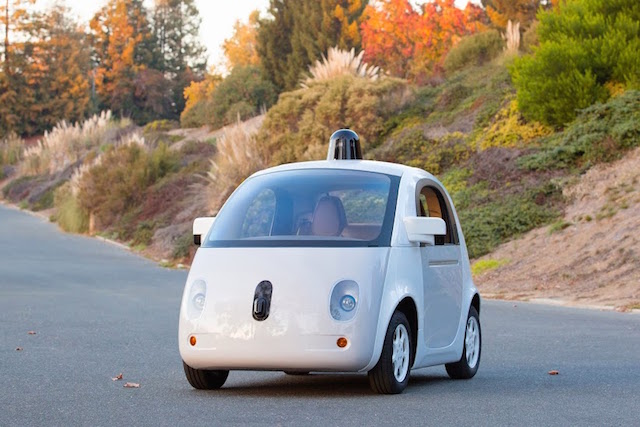“It certainly looks like an engineer designed it,” was one of the first reactions to Google’s announcement of its first full prototype self driving car.
Certainly Google’s driverless vehicle looks odd, sort of like an overgrown carnival dodgem or an cartoon character police car.
One of the interesting aspects of the driverless car is that many features into today’s automobiles aren’t necessary if you don’t have a driver – the obvious aspects being that a steering wheel, handbrakes and dashboard displays become unnecessary.
Google have a video from earlier in the year showing the design and unveiling of the prototype. One of the fascinating aspects of the new device is how Google propose it can empower the sight impaired and disabled.
The prototypes are stripped down vehicles with only a top speed of 25mph, with only two seats and little, if any luggage space. As the Oatmeal reports, riding in them is a little boring after the first few minutes.
Looking at the Google vehicles it’s difficult not to think we could design something radically different if we moved away from our own prejudices of what a car should look like.
At the beginning of last century, motor cars looked similar to the horse carts that were the standard transportation of the day; it was only in the 1930s the automobile fully took the form we recognise today.
So it’s worth considering how we can optimise these vehicles to meet our needs and comfort rather than build them around the requirements of Twentieth Century technologies and usage.
Tomorrow’s driverless cars will probably look very different to today’s vehicles and similarly our communities will adapt to a very different way of travelling. We will almost certainly find our cities will be very different when the driverless car becomes the norm.
We need to think how to design them for that future, however far away it may be.

Leave a Reply